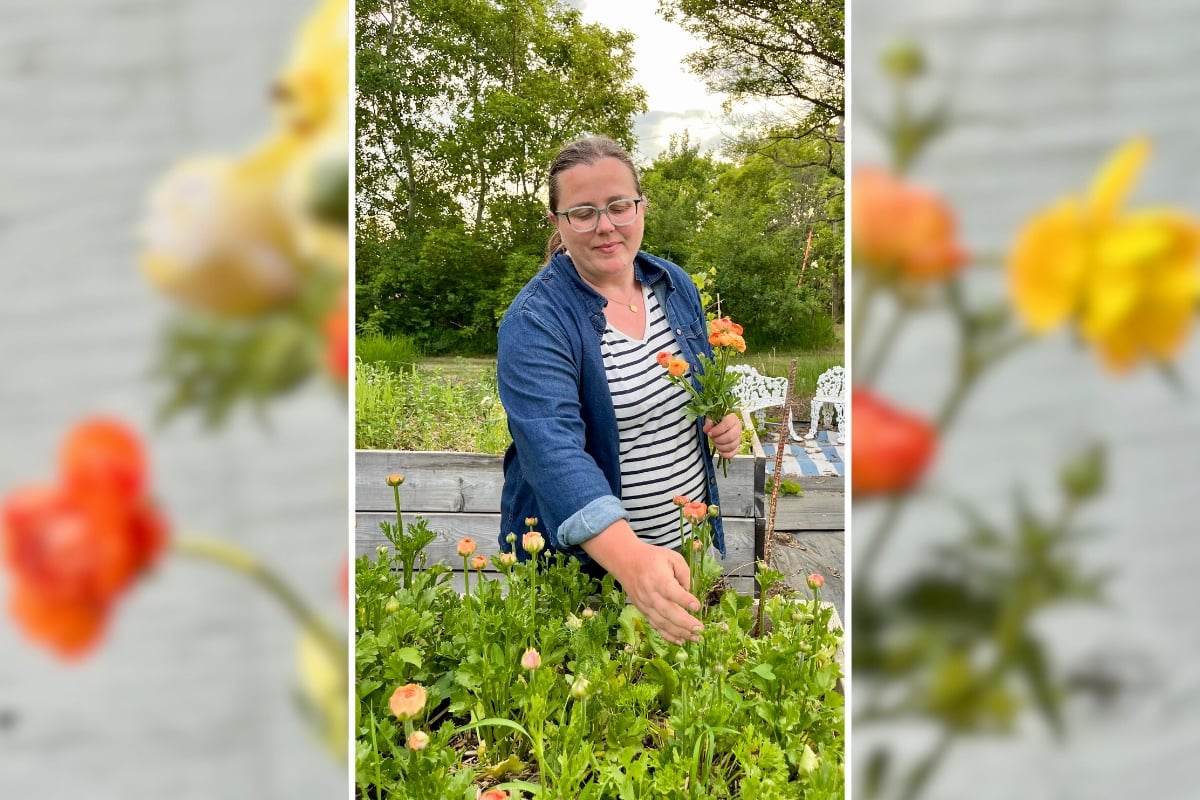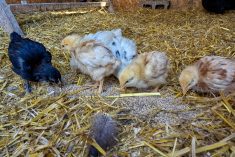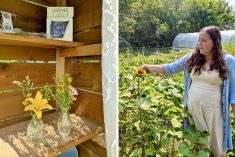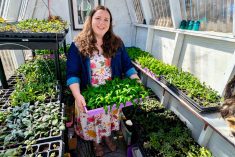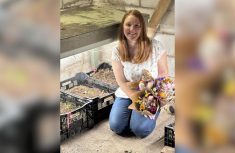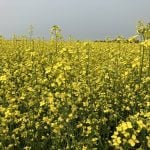After a whirlwind season, Kristen Raney, owner of Shifting Blooms flower farm in Clavet, Sask., is getting ready to shut down her farm stand and wrap up the 2025 wedding and market season.
Thanksgiving weekend and the first frost of the season spell the end for her roadside garden stand and flower gardens, but Christmas markets and wreath-making workshops will keep her busy until a well-earned post-Christmas break.
About 25 per cent of her total flower crop is grown and dried for late season markets and workshops.
Read Also

What to consider when setting up farm-related business ventures
N/A
“You will rarely see any straw flowers in summer bouquets because they’re all for drying. Similar with statice. If I have extra pink and purple statice you might see them in bouquets, but all the white or the peach colours, those will all be dried,” says Raney.
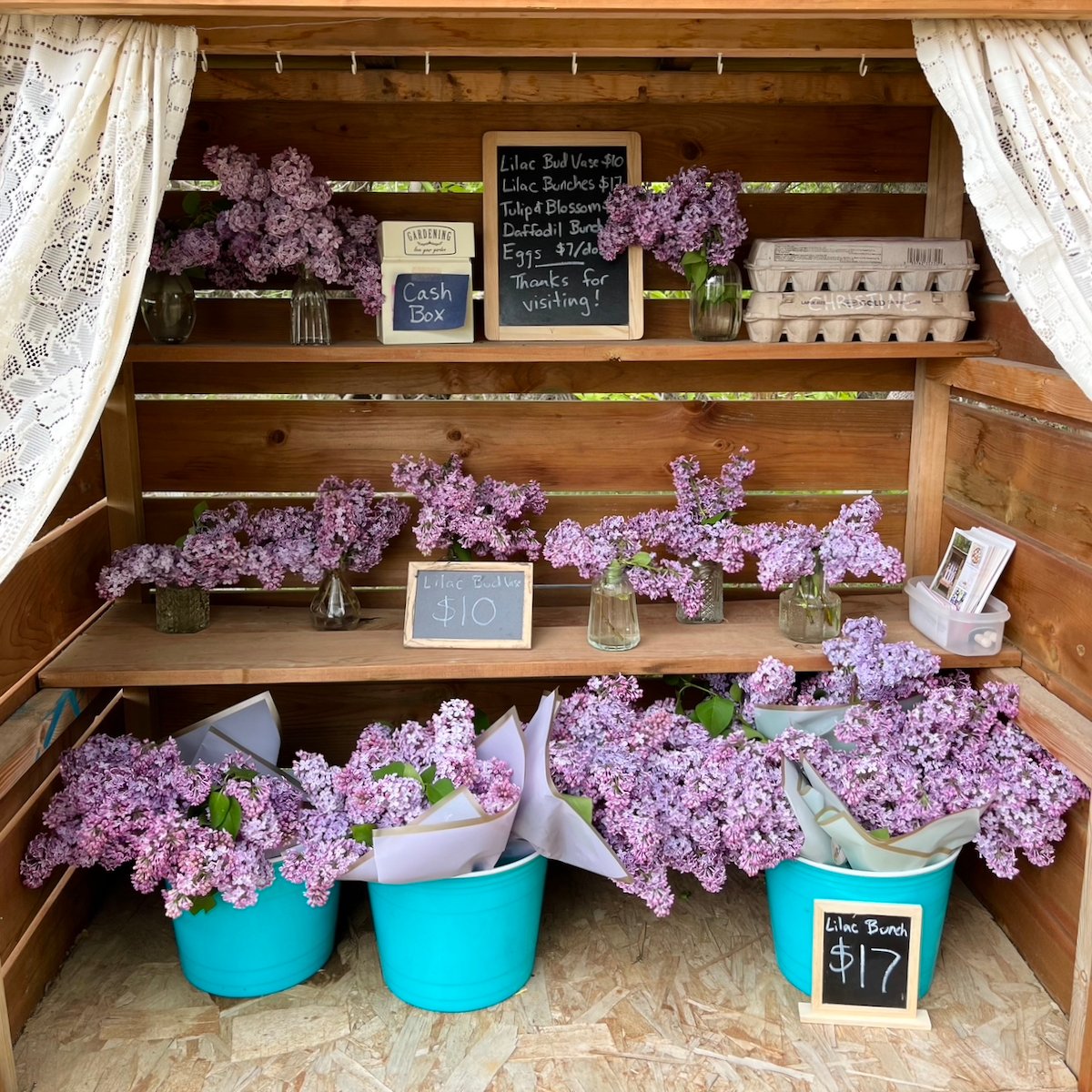
Poppy seed heads and eryngium are well suited for post-growing season decorating as well and Raney says she’s still experimenting with other late season blooms. For example, her garden turned out some very large marigold heads this year, so she will see how they take to the drying process.
By the end of August early blooms have already been harvested, so her fall flower bed makeover schedule can begin.
Gardens get some TLC with a few loads of manure before the snow flies. Raney’s minimum tillage approach means that all leftover plants and plant parts are left to break down over the winter which helps retain the snow for early spring moisture. She’ll also add beneficial loads of biomass, such as fall leaves, from her yard.
She will till her gardens in the spring and if the weeds in a particular section turn out to be especially challenging, she might have to till a second time. She also plans to add an additional 1,200-square feet of flower beds to the existing 3,600 square feet.
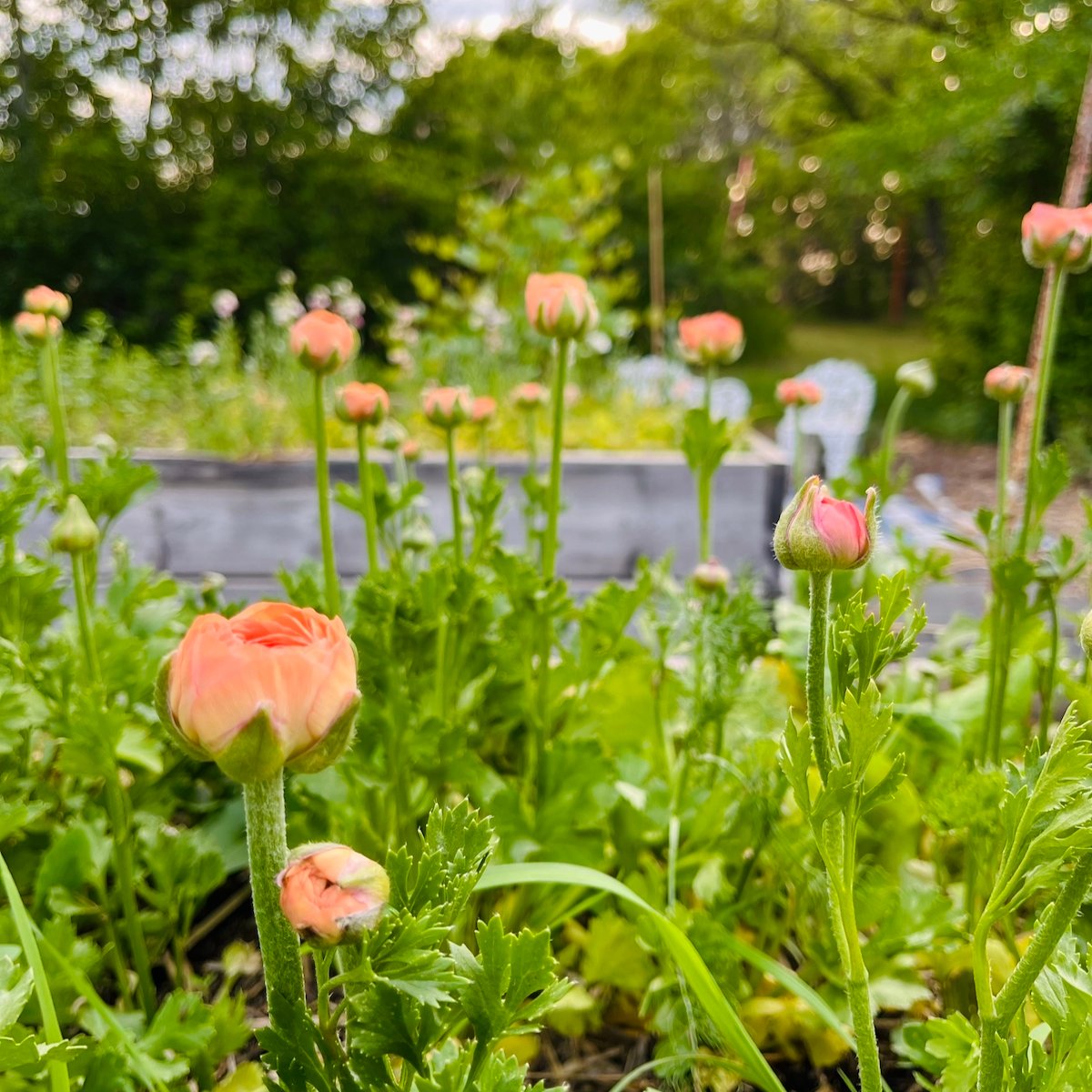
Any unmanageable garden space (due to soil quality) is put into a cover crop or becomes an expansion of the pumpkin crop. Since she has been struggling with sandy and low-quality soil for a few years she says that well-growing pumpkin plants indicate healthy soil.
“When my soil health is not good, the pumpkins don’t spread nearly as much as they should. This year I think our soil health is getting there,” says Raney.
And beyond finishing out this season, Raney is already preparing and making decisions for next spring.
By late August, she’s already purchased half her seed for the next growing season. Since she orders her seeds from the U. S., she is competing with their schedule.
“All of the Americans in the southern states, they’d be putting their cool flowers in the ground right now, and they would be starting those seeds. They’re buying all those seeds from the seed companies that I tend to use as well. When I’ve typically ordered seeds, say in December, they’re sold out of a lot of things,” says Raney.
Early fall is also when Raney picks up new perennial varieties. Garden phlox is her new favourite, and she’s already bought some irises, lilies and burnet from local flower farmers looking to downsize. She will also get some plants from a farmer who specializes in native species and drought-resistant flowers.
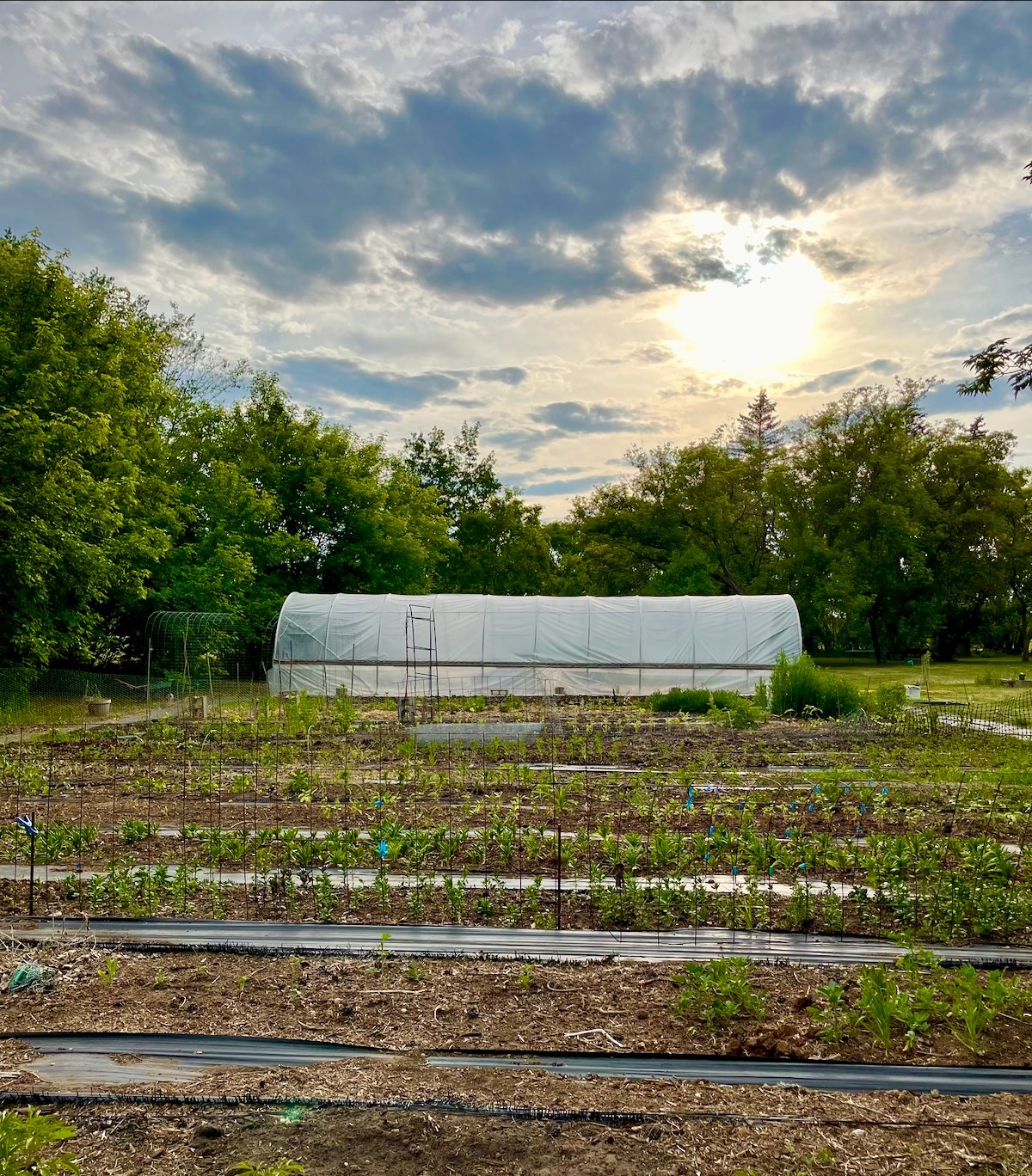
Raney has been an avid seed saver over the years, and she’s realized that some flowers grow differently the second time around. For example, seeds from saved marigolds have a different shaped bloom. She cares for flowers differently if they are being used for seed rather than grown for cut flower orders.
After 25 weddings and 15 markets throughout the busy season (mostly during the summer, but there are still a few later in the fall and early winter), Raney will take some well-earned vacation time while her garden rests under the snow.
She says that intentionally giving herself “space and grace” — a winter break from Christmas to mid-February — has been an important part of her business plan. The end of the season means another year of growing flowers on the Saskatchewan prairie has come full circle for Shifting Blooms.
If you missed previous instalments in this Summer Series, catch up here: part one, part two, part three, part four.

